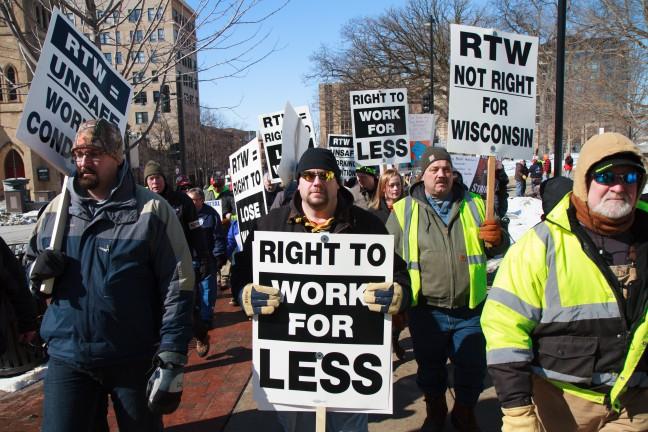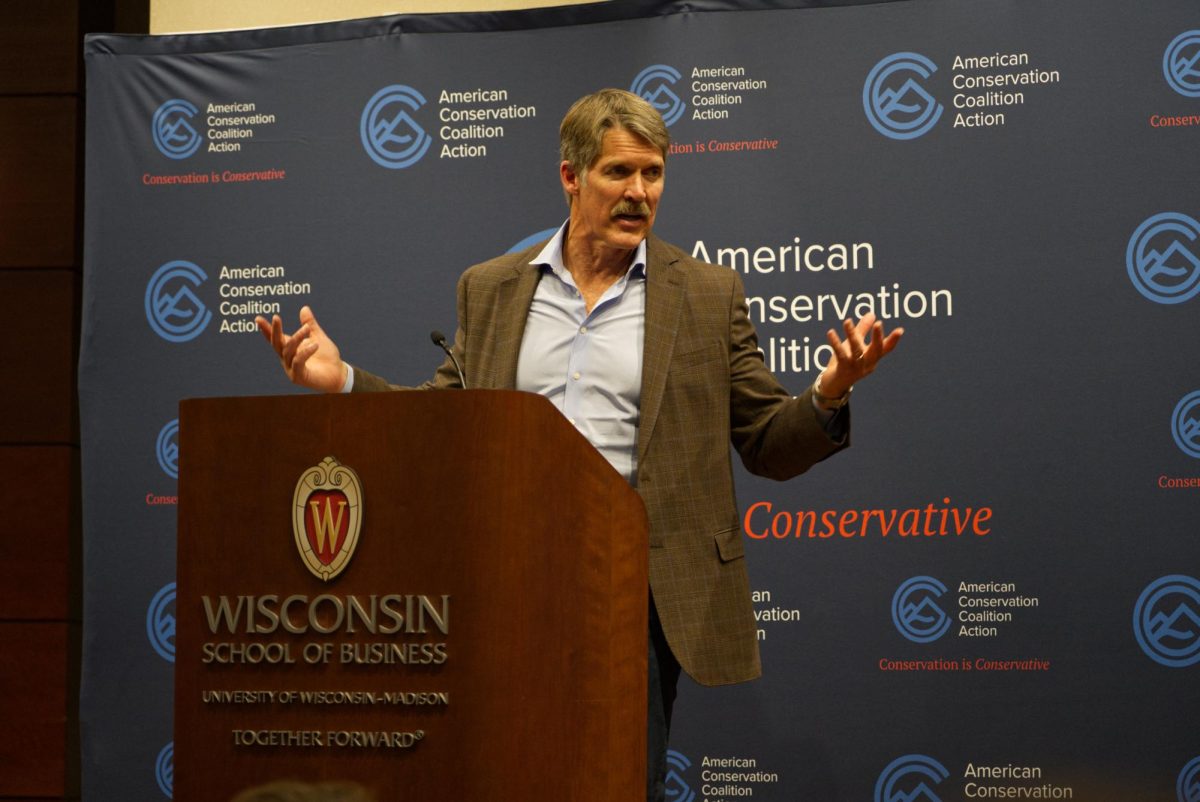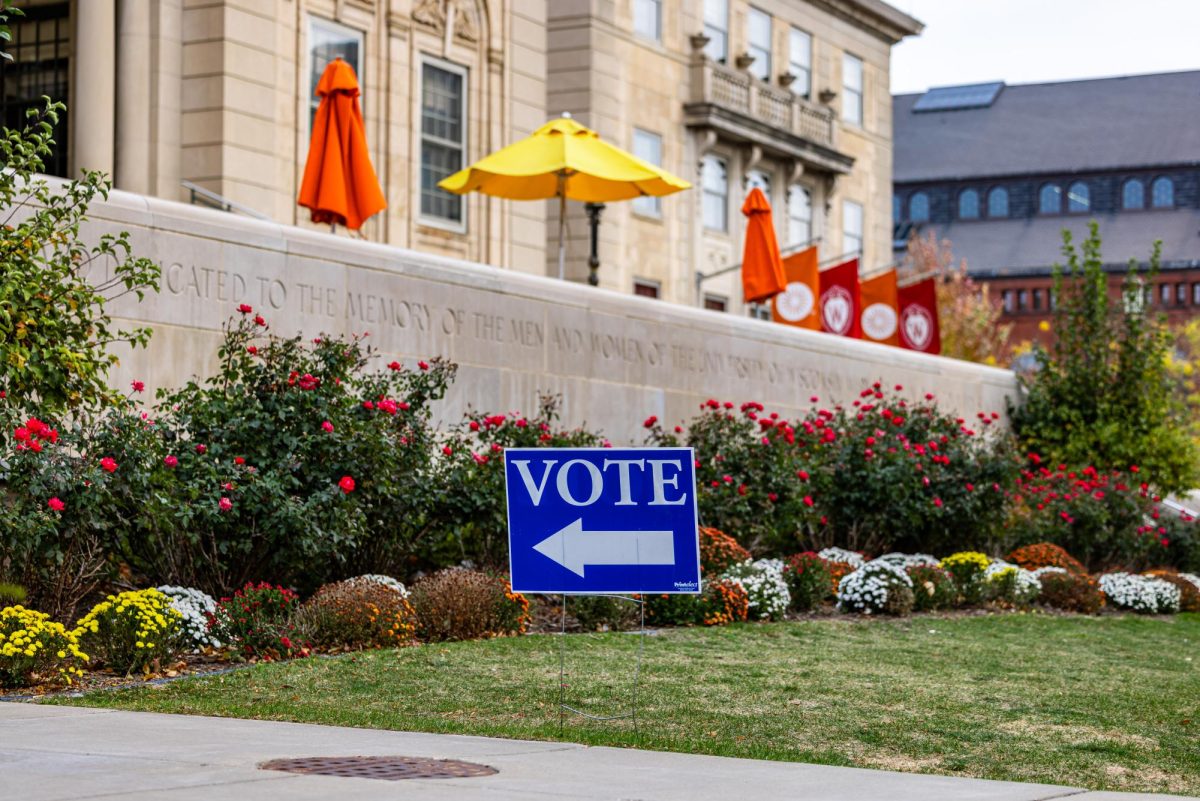Wisconsin union membership declined by more than 3 percent from 2014 to 2015, according to the first report since Gov. Scott Walker’s controversial right-to-work bill passed in March.
The report, released Thursday and conducted by U.S. Department of Labor’s Bureau of Labor Statistics, reflected a decrease in union membership from 11.7 percent in 2014 to 8.3 percent in 2015. This substantial reduction put Wisconsin below the 11.1 percent national average.
The right-to-work legislation gave individual workers the ability to determine whether or not they wanted to support a union within a unionized workplace. While supporters of the legislation claimed it would give workers more freedom, opponents said it would decrease a union’s collective bargaining power.
The number of union members fell from 306,000 in 2014 to 223,000 in 2015. In 2000, Wisconsin had nearly double the number of union members with 445,979. The number reflected 17.6 percent of union membership.
According to the report, nationally, men maintained a higher membership percentage than women, and black workers were more likely than white, Asian and Hispanic workers to be a part of a union.














